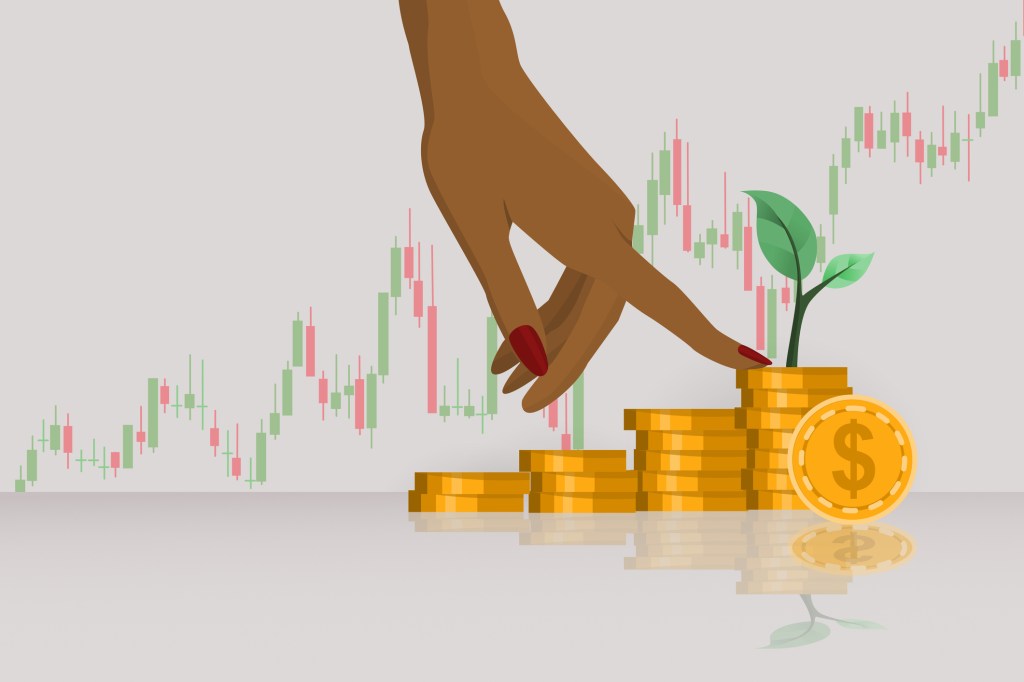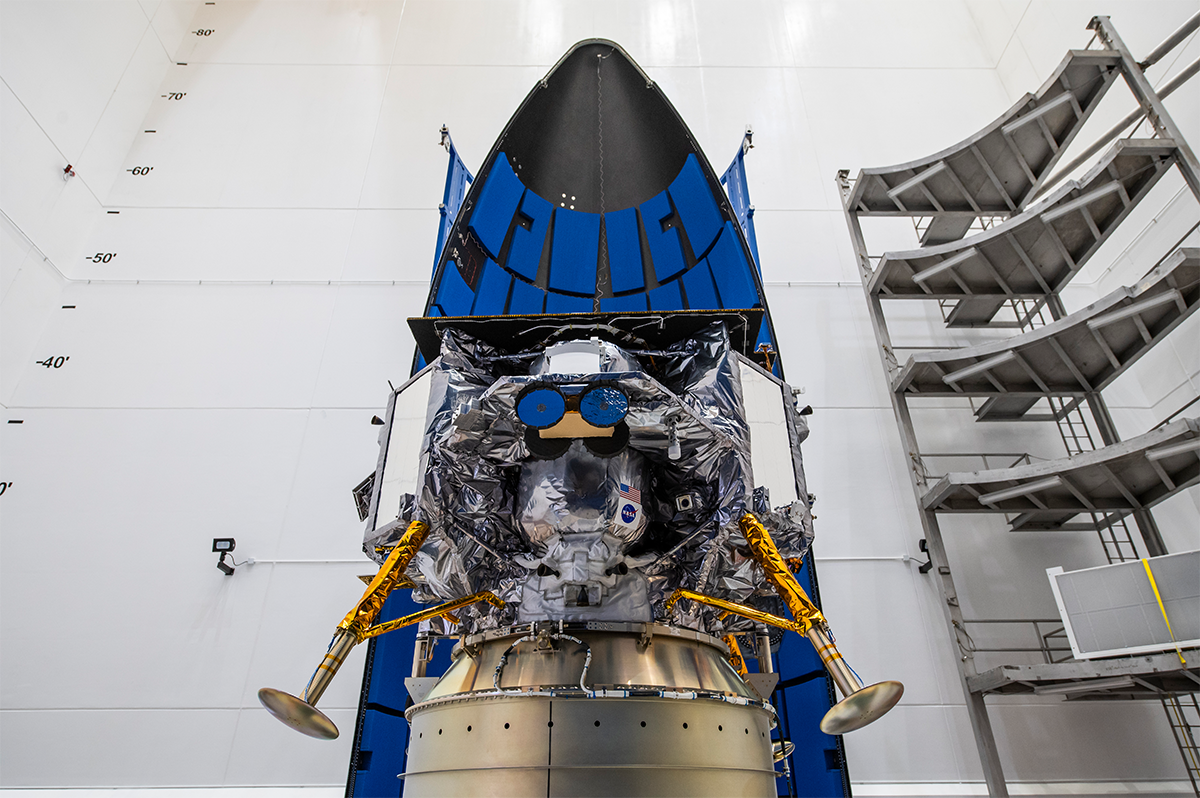
Russian cybersecurity giant Kaspersky will lay off dozens of staff and leave the U.S. market following a U.S. government order in June banning the sale of the company’s software, citing security risks.
Kaspersky said it will “gradually wind down” its U.S. operations beginning July 20, when the ban comes into effect, adding that its U.S. business is “no longer viable.”
Independent journalist Kim Zetter first broke the news on Monday of the company shutting down its stateside business. Zetter said the number of employees affected by the layoffs is “less than 50” in the United States.
Kaspersky spokesperson Sawyer VanHorn confirmed the company’s statement and layoffs to TechCrunch in an email Tuesday. The spokesperson was also part of the layoffs, said VanHorn.
Kaspersky initially planned to challenge the ban, saying at the time the ban was announced that it “does not engage in activities which threaten U.S. national security,” and that it would “pursue all legally available options to preserve its current operations and relationships.”
In June, the U.S. Commerce Department announced the “first of its kind” ban on the sale of Kaspersky’s antivirus software to U.S. consumers, citing increased security and privacy risks because the company is headquartered in Russia.
“Russia has shown it has the capacity, and even more than that, the intent to exploit Russian companies like Kaspersky to collect and weaponize the personal information of Americans,” U.S. Commerce Secretary, Gina Raimondo, said in a call with reporters at the time.
Once the ban comes into effect, Kaspersky will no longer be allowed to sell its software to U.S. consumers directly or through U.S.-based resellers of Kaspersky software, some of whom have criticized the ban for affecting their businesses. After September 29, Kaspersky will no longer be allowed to push software or security updates to U.S. customers. That will result in degraded protection from the antivirus software.
The Commerce Department said it took a staggered approach to the ban to allow U.S. consumers to find an alternative to Kaspersky software.
The U.S. Treasury also sanctioned several senior Kaspersky executives, effectively barring U.S. customers from paying Kaspersky for its software or transacting with any future company run by its executives. Chief executive Eugene Kaspersky was not sanctioned, the Treasury said.
The U.S. government has acted against Kaspersky during both the Trump and Biden administrations. In 2017, the Trump administration banned the use of Kaspersky software across the federal government after Russian government hackers earlier that year stole U.S. classified documents from an intelligence contractor’s home computer, which was running Kaspersky software at the time.
By their nature, antivirus products typically have broad, if not complete, access to the devices they are installed on to identify malicious cyber threats.
When seen by TechCrunch on Tuesday, Kaspersky’s products were unavailable for purchase on its U.S. website. “For legal compliance purposes, Kaspersky products cannot be purchased from your country,” its website reads.
Updated with Kaspersky comment.
Kaspersky resellers deride US government ban: ‘Complete bulls—t’










